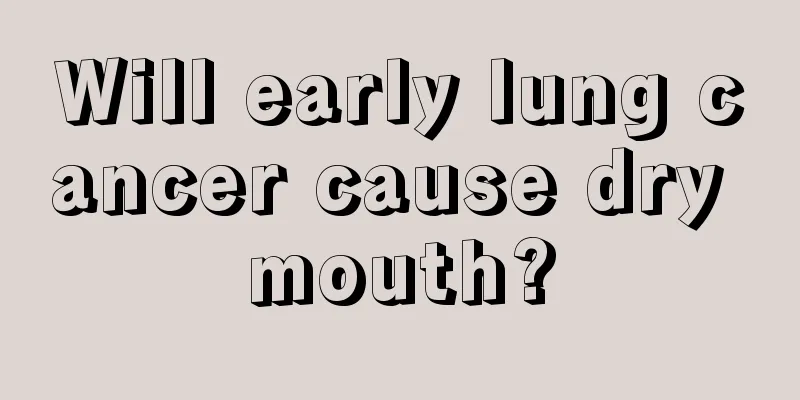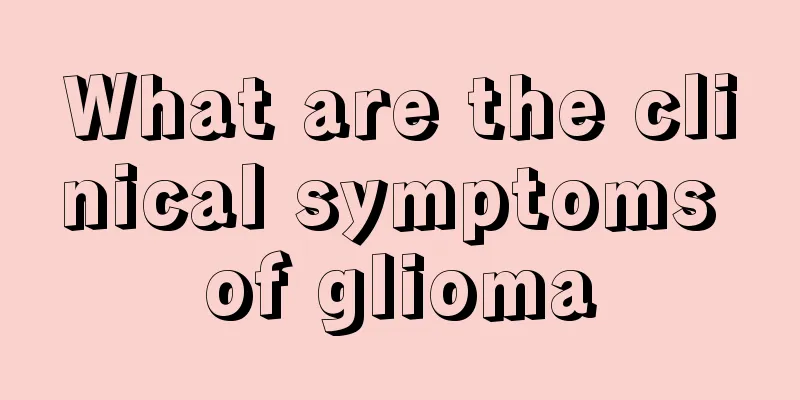What harm does gasoline do to the skin?

|
Gasoline is the main fuel for transportation in life, and many companies use gasoline as a solvent. It can also be used to clean oil stains on chickens. Gasoline has no color and is very volatile. It has a very low melting point and will not dissolve with water. Therefore, once gasoline burns, water must not be used to put out the fire. So what harm does gasoline do to the skin? First, what harm does gasoline do to the skin? When hands and skin are in frequent contact with gasoline, the skin will be damaged due to the degreasing effect of gasoline, and symptoms such as dryness, roughness, keratinization, cracking, nail decay, hair loss, dermatitis, and eczema may appear. Second, the composition of gasoline is very complex, and long-term exposure to it can cause a variety of harmful effects on the body (individual reasons). The most important and common are the symptoms of lead poisoning and some symptoms like vitamin deficiency. The root cause is all due to lead. In addition, because gasoline is volatile, it often causes respiratory diseases, such as pneumonia and emphysema, and some people may also experience skin allergies. There are three ways for gasoline to enter the body: inhalation, ingestion, and percutaneous absorption. Gasoline is an occupational hazard. According to the Occupational Disease Prevention and Control Law, people who come into contact with gasoline must undergo regular physical examinations. What harm does gasoline do to the skin? The above content introduces it, protective measures, such as respiratory protection: generally no special protection is required, and a self-priming filter-type gas mask (half mask) can be worn when exposed to high concentrations. Eye protection: Generally no special protection is required. Chemical safety glasses can be worn when exposed to high concentrations. Personal protection: Wear anti-static work clothes. Hand protection: Wear benzene and oil resistant gloves. Others: Smoking is strictly prohibited at the work site. Avoid prolonged and repeated exposure. First aid measures: In case of skin contact: Take off contaminated clothing immediately and rinse skin thoroughly with soap and water. Seek medical attention. Eye contact: Immediately lift the eyelids and rinse thoroughly with plenty of running water or saline for at least 15 minutes. Seek medical attention. Inhalation: Move quickly away from the scene to fresh air. Keep the airways open. If breathing is difficult, give oxygen. If breathing stops, perform artificial respiration immediately. Seek medical attention. Ingestion: Give milk or use vegetable oil for gastric lavage and enema, seek medical attention. |
<<: What are the benefits of ostrich oil
>>: How to massage the face for facial paralysis
Recommend
Authoritative hospital for prostate cancer treatment
According to research, the incidence of prostate ...
The cause of cervical cancer is occasionally seen in women after menarche
At present, the cause of cervical cancer is not v...
What is the treatment for itchy throat?
My throat often itches, and I always feel like th...
What diseases can result from consanguineous marriage?
The so-called close relatives refer to the relati...
The difference between cholecystitis and gastritis
There is a fundamental difference between cholecy...
What to do if you suffer from insomnia due to deficiency of blood in the heart
Deficiency of heart blood can easily cause insomn...
Tips to get rid of sand in the corners of your eyes
In daily life, small things like sand, dust and i...
Pain in the rib area under the armpit
Don't be too blind to solve any problem that ...
Pain in left chest when running
In our lives, due to our daily work, we often sit...
Common health care measures for bladder cancer in daily life
Among many tumor diseases, bladder cancer is one ...
What are the nursing contents for patients with bone cancer
The first thing that bone cancer patients should ...
The efficacy and function of cicada skin
We all know that summer is the season for cicadas...
What to do if the incision of thyroid cancer is large
Thyroid cancer has a large incision, which can ge...
How to prevent early colorectal cancer
Rectal cancer is a very common tumor disease. It ...
Ground glass density nodules
Some people will find some small nodules when doi...









